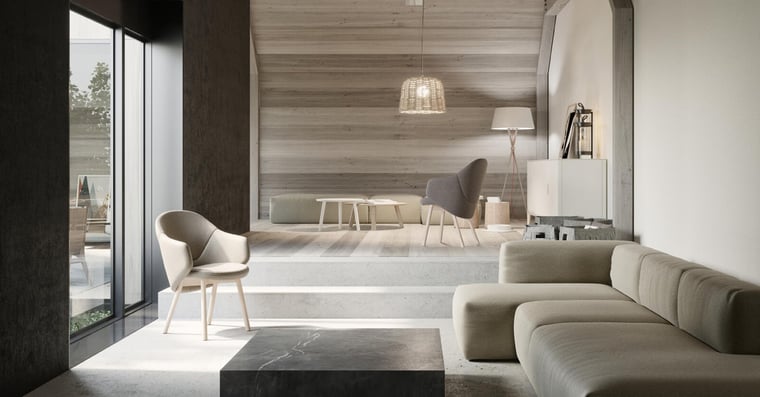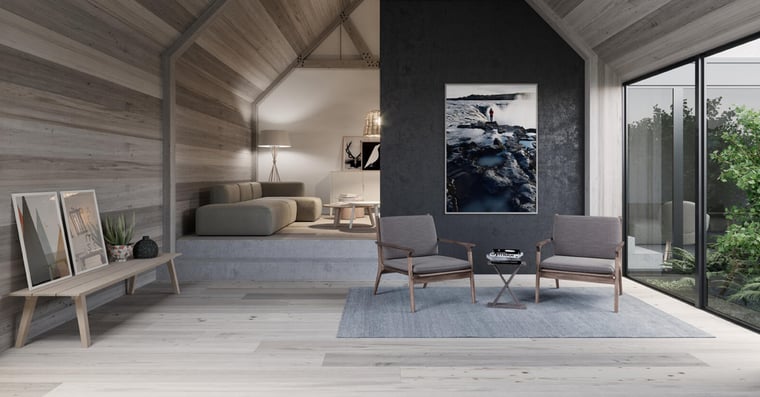
The best interior designers deliver the best customer experiences
Published by Admin on
Feb 9, 2021 10:48:00 AM
The art of perfecting the customer journey
The interior design industry can be a ruthless one - stiff competition and stiffer clients, managing expectations while setting incredibly high standards and at the end having to make it out with your sanity. These all amount to a challenging task to anyone in the profession and one that is never achieved without sacrifice.
But, like anything in life, working smarter trumps working harder. Many of the issues dealt with during the process of engaging with customers can be remedied early on in the process if the customer journey has been perfected and you take advantage of the full suite of tools available to you.
“Working smarter trumps working harder.”
One of the hardest parts of working with anyone to achieve a vision is being able to see what that vision is before you execute. Aligning yourself with your client is so key to the whole process that if it’s not rock-solid the entire foundation will crumble at every major touchstone.
The interior designer’s keys to success
Two ways of achieving this alignment are making the ideation process a collaborative and engaging one and understanding your client’s needs as an individual and what they are drawn to.
Speaking to the former, bringing your client along with you on the journey allows them to feel as though the project belongs to them as well as you and provides them with a sense of both ownership and accountability. They will feel as though they are learning about what it takes to accomplish their goals and inevitably have total respect for the process.
Tools of the trade
You can make this interesting by inviting them to your digital platforms, sending them digital renders of the products you’re working with and generally making a space to engage with you creatively rather than solely via dull emails or IM apps. Build a moodboard on Pinterest, browse sites together via a video call and utilise these avenues to create an experience they won’t soon forget and talk about casually with friends, family and even colleagues.
The psychology of design
In reference to the latter, understanding who you are designing for is paramount to achieving success. What a client asks for is incredibly important but so is the subtext or things they cannot or do not necessarily verbalise. Through the process of pre-production and collaboration you should be able to fully place yourself in your client’s headspace and mindset and then create on build upon what you not only think but know they will gravitate towards. This will equally inspire your own confidence to create your best work yet. If you focus on these two pillars, you will create a perfect system for designs to be fully-realised and signed off well in advance. Even if a client trusts in your ability, being able to properly convey and express what you are doing will put their mind at ease and have that much more faith in the project. At the end of it all, having a unified vision is 90% of the work. Sometimes it’s easy to get caught up in the final stages as we think that is the hardest but it really is as they say: If you fail to plan, you plan to fail.
If you focus on these two pillars, you will create a perfect system for designs to be fully-realised and signed off well in advance. Even if a client trusts in your ability, being able to properly convey and express what you are doing will put their mind at ease and have that much more faith in the project. At the end of it all, having a unified vision is 90% of the work. Sometimes it’s easy to get caught up in the final stages as we think that is the hardest but it really is as they say: If you fail to plan, you plan to fail.
In 2021 we have access to endless tools, systems and advancements in the fabric industry to paint a truly spectacular picture for clients that bring them out of their world and into ours - this leveling of the playing field so to speak is the true differentiator of the future and enhances the craft if applied accurately.
It’s time to go out and not only create magnificent spaces but to create utterly memorable experiences for people that they can only experience in this industry. This, after all, is the best way to grow the industry at large.
Tags:
Fabric,
Quality,
Interior Design,
Digital fabric innovations,
3D Visualisation,
3D Modeling,
customer service,
Customer Journey,
Technology